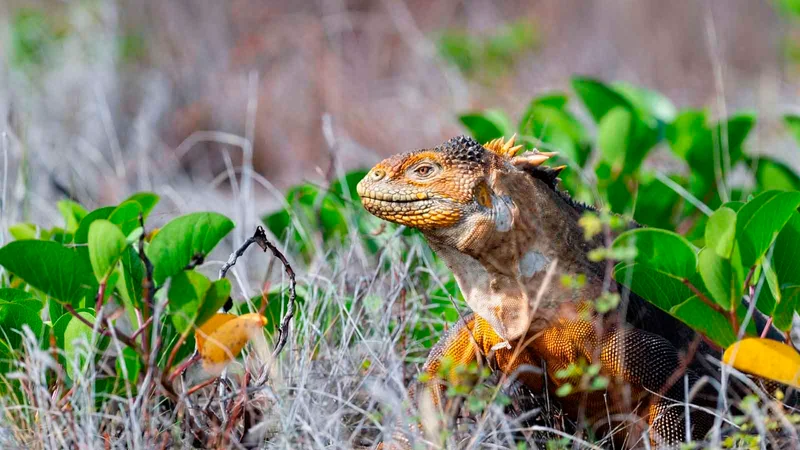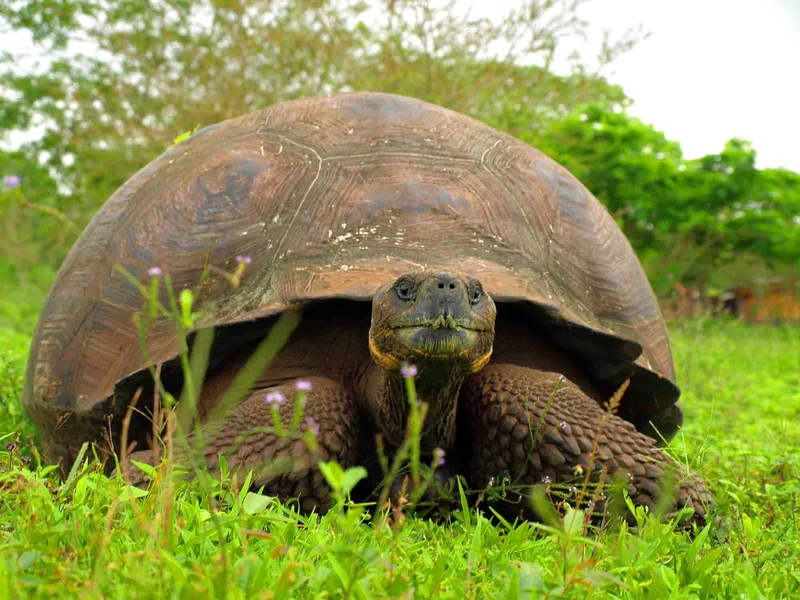

4 Day Galapagos Itinerary
Day 1: Baltra Island & Mosquera island
AM – Arrival at Baltra Airport
Upon arrival at Seymour Ecological Airport, a check-up is carried out first, to ensure that no foreign plant or animal species are introduced on the islands. Furthermore, your TCC (Transit Control Card) is stamped; this must be kept safe during your trip, as it has to be presented again on your return flight. In addition, entrance to the Galapagos National Park is due for entry (US $ 100), if this has not yet been paid. Your guide will meet you at the airport, assist you with the luggage and accompany you on the short bus ride. Here you will climb aboard the yacht Solaris. After greeting the crew and the captain, your cabins will be assigned to you and then you will enjoy your first lunch on-board.
PM – Mosquera
Galapagos sea lions are true beach lovers and Mosquera offers beautiful white coral sand beaches, which contrast with the blue water and thus attract numerous sea lions. During a beach walk you can observe numerous species of waders and sanderlings. Between the rocks the red clip crabs wait to play hide and seek while you try to get the perfect photo. If you are lucky, you may even encounter yellow-crowned night-herons or even a red-footed booby.
Day 2: Genovesa Island: Prince Philips Steps & Darwin Bay
AM – Darwin Bay (Genovesa)
Inside the submerged caldera of Genovesa lies Darwin Bay. The small-scaled area will surprise you as find yourself walking along a coral sand beach, crossing barren lava formations and creeks, passing tidal pools, shrubs and further ahead following the top of some cliffs. Every single species has occupied its own ecological niche. Whimbrels and wandering tattlers forage actively along the surf, next to resting Galapagos sea lions. Impressive frigatebirds and red-footed boobies nest in the mangroves, where you can also see vocalists such as the yellow warbler, Darwin’s finches and the Galapagos mockingbird. Uniquely, two subpopulations of the same species of large cactus finch differ in their singing.
PM: Prince Philip’s Steps (Genovesa)
We will sail to nearby Prince Philip’s Steps, close to the entrance of the broken caldera. Sometimes a Galapagos fur seal might be resting on one of the shaded ledges. Here you can snorkel once again, and then follow the guided trail through clifftop seabird colonies. At the seaside of the rim, the bushes open up and you can enjoy wide views and the strong sea breeze. Following the exposed rim you will first pass a colony of Nazca boobies and finally reach the extensive storm petrel nesting places, where if you are lucky you can see how the well-camouflaged short-eared owl hunts for them on foot!
Day 3: South Plaza Island & Santa Fe Island: Barrington Bay
AM – South Plaza
You will enjoy an unforgettable guided walk on South Plaza, the best place to encounter endemic Galapagos land iguanas, patient and photogenic models. You can also look out for some of the unique hybrids between the male marine iguana and female land iguana. Arriving at the upper rim, about 20m/75ft downwards impressively droning waves splash against the foot of soaring cliffs. Clouds of petrels, storm petrels, shearwaters and brown noddies make spectacular flights and sometimes look like they’re walking on the waves. Take your binoculars and don’t miss the red-billed tropicbird with its graceful long tail and spectacular mating fights. These cliffs are also a nesting place for the endemic swallow-tailed gull.
PM – Barrington Bay (Santa Fe)
You will land right in the middle of a Galapagos sea lion colony on the beach, where you will have time for a refreshing swim or excellent snorkelling among tropical reef fish in the crystal-clear azure waters of Barrington Bay. You will also encounter bizarre giant prickly pear cactus (opuntia) forests. These are the largest cacti on the islands, with extremely thick trunks, and can grow over 10m/33ft tall! We have a wet landing at the beach of Santa Fe where we have a guided nature walk. This extraordinary island is a remnant of probably the most ancient volcano on the Galapagos. Your guide will decide whether the easy shorter circuit is followed, or a strenuous longer hike land inward (moderate level; about 3km/2mi).
Day 4: San Cristobal Island: Kicker Rock & Interpretation Center
AM – Kicker Rock (San Cristobal)
Kicker Rock is a huge offshore block of rock with a sharp tower next to it. Reaching about 150m/500ft above sea level, from the side it has the form of a giant shoe (hence its name Kicker Rock), whilst from a longitudinal direction it resembles a sleeping lion (hence its Spanish name Leon Dormido). Before breakfast you will enjoy a dinghy-ride and optional snorkelling where you might encounter octopuses, different species of sharks and Pacific green turtles.
Transfer to the Airport
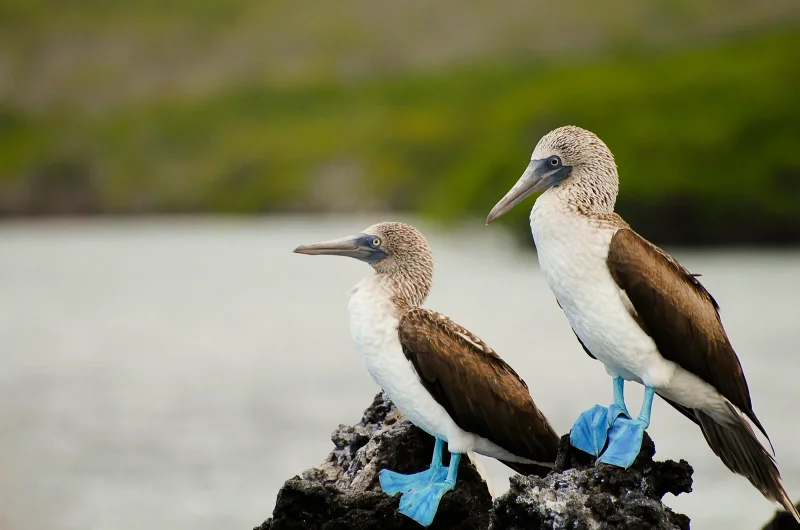
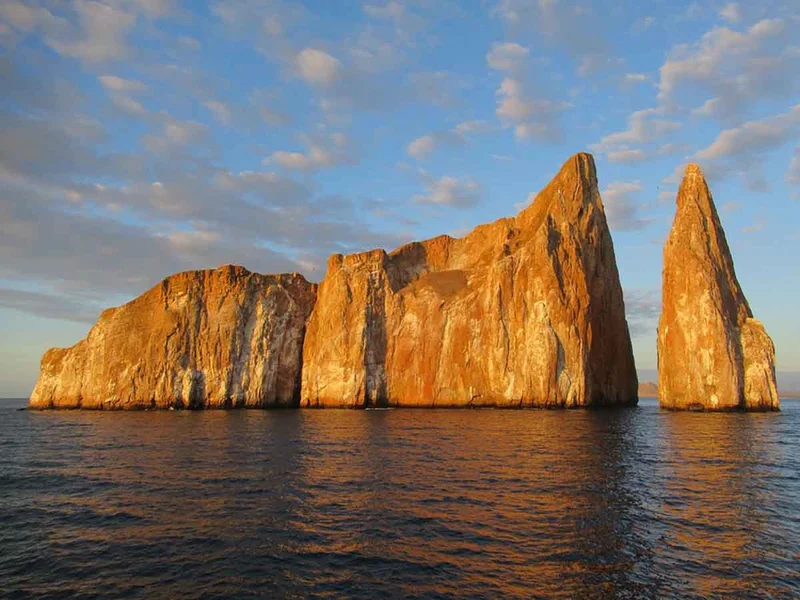
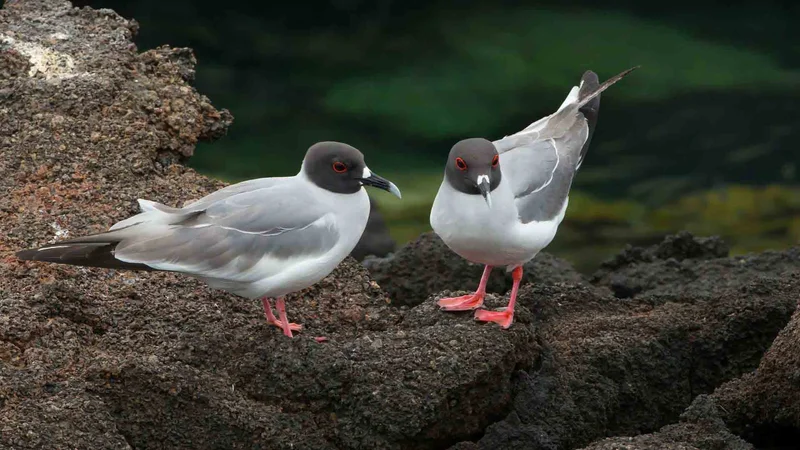
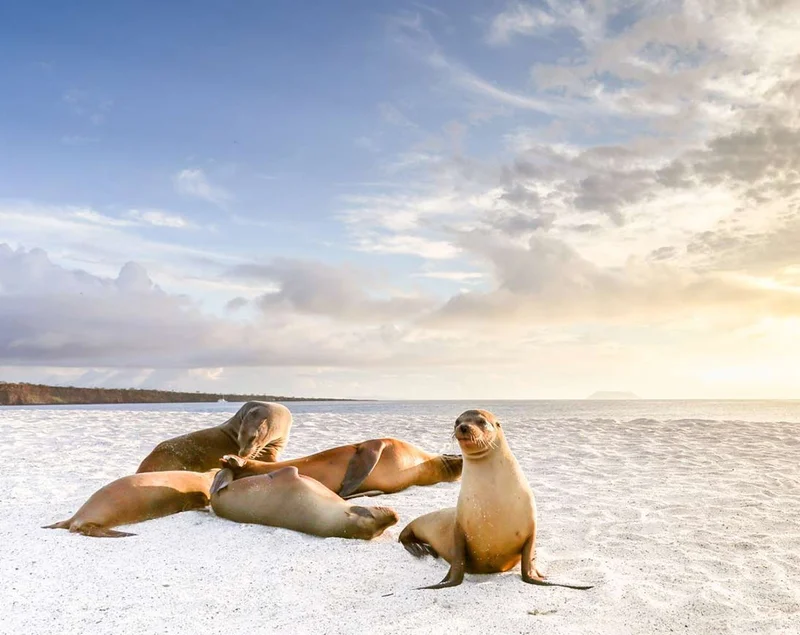
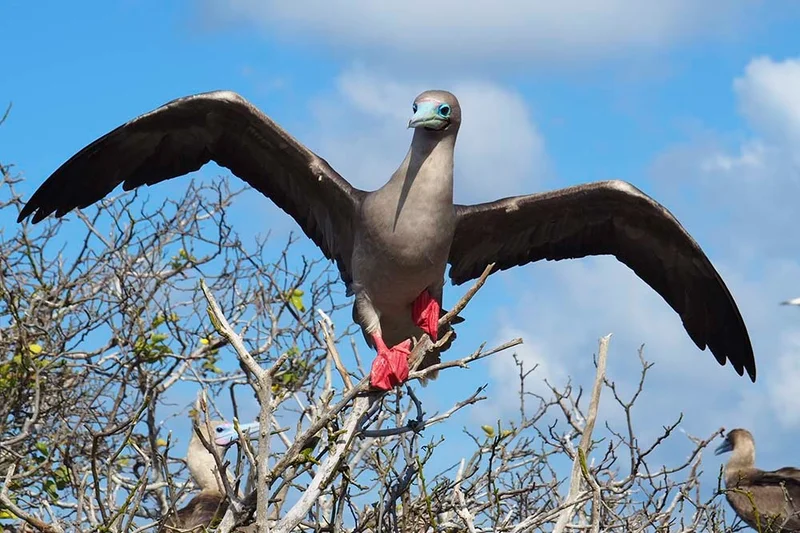

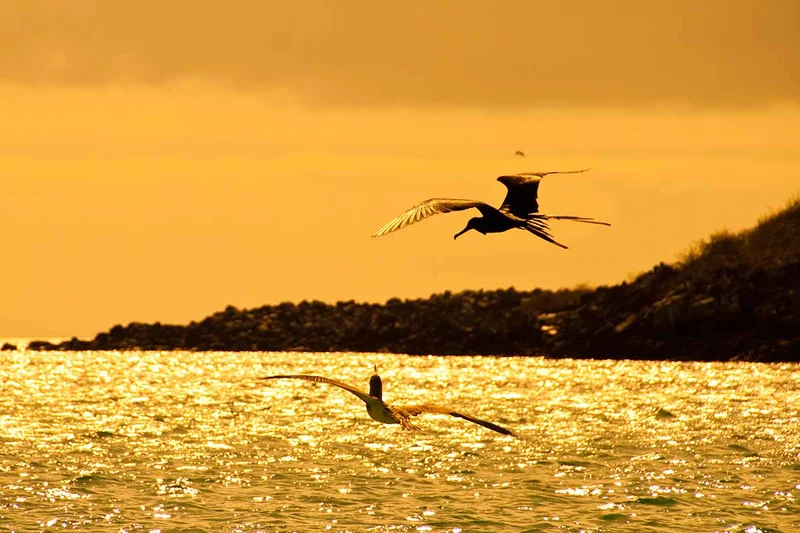




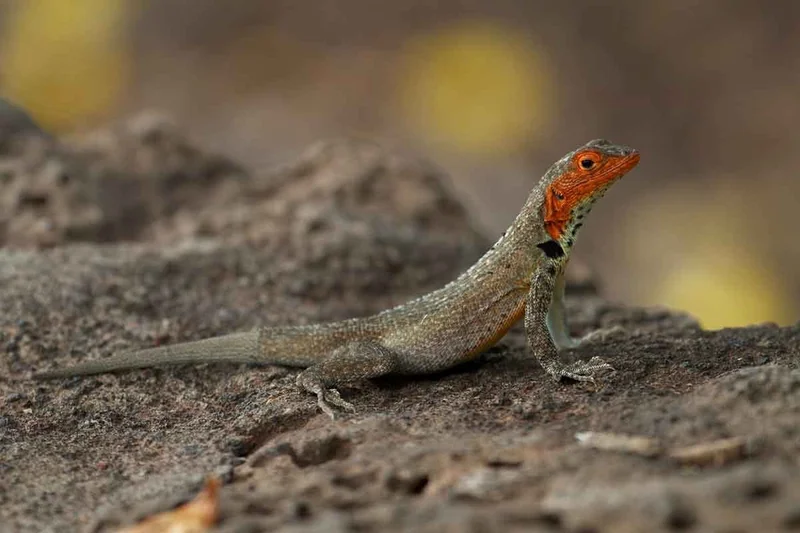
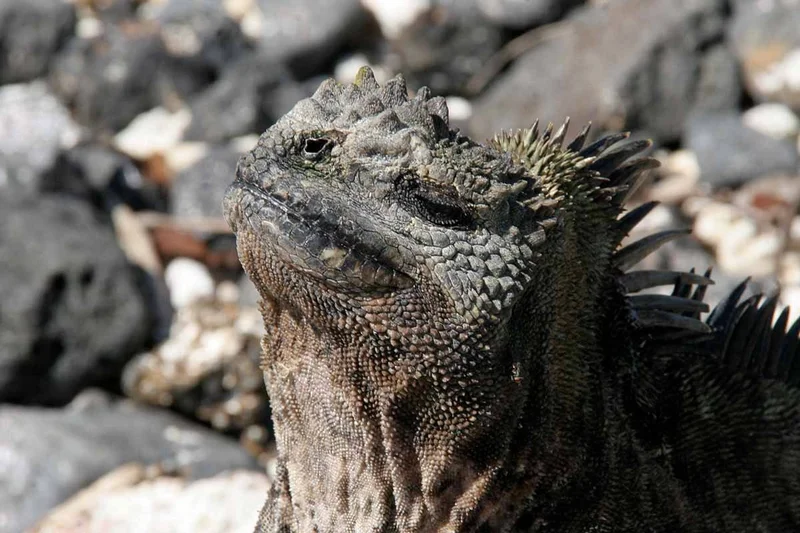
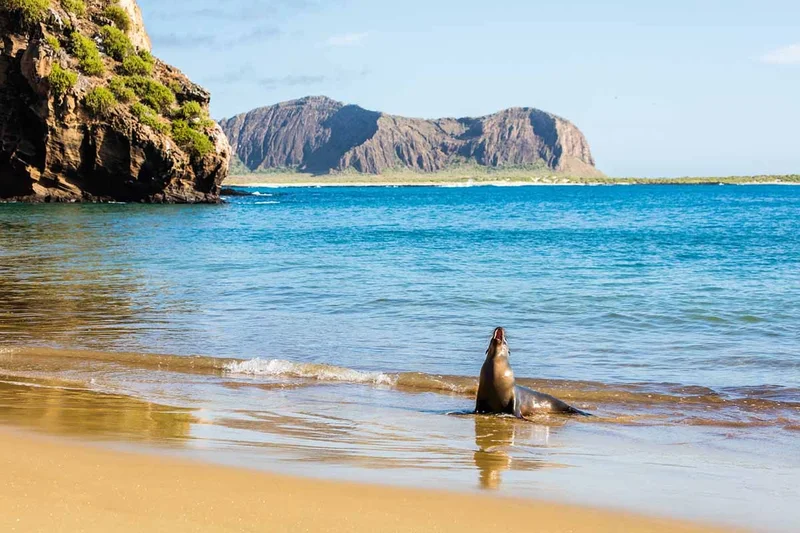

4 Day Galapagos Itinerary Includes
- Scheduled visits and activities with a professional bilingual guide
- All meals on board, some snacks, purified water, tea and coffee
- Accommodation in a standard cabin with private bathroom and air conditioning
- Snorkeling equipment (mask, lenses, fins), sea-kayaks
- Assistance at the Airport and 24/7 during the trip
4 Day Galapagos Itinerary Does not Include
- Air tickets to / from Galapagos from / to Quito, Guayaquil or combined route
- Entrance to the Galapagos National Park US $ 200 p.p. (cash in the Islands)
- Galapagos Control Card US $ 20 p.p. (at the airport before check-in)
- Wet-suits rental on board (in cash)
- Soft and alcoholic drinks on board; personal expenses, extras and tips guide and crew (cash)
- Travel insurance with medical, cancellation and other unforeseen coverage
- Other services in Continental Ecuador and not specified in the program
4 Day Galapagos Itinerary Highlights
- Red-footed boobies, Galapagos Hawk and more to see at Darwin Bay
- Pristine and live-filled beach at Mosquera
- The photogenic endemic Land iguanas at Plaza
- Kicker Rock, a paradise for snorkeling
Itinerary Map

Why travel with us?
Similar Itineraries

